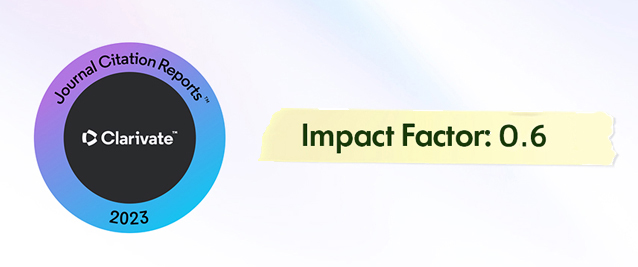2Department of Geography and Environmental Studies, California State University, Northridge, CA, USA
Abstract
The main cause of the drying crisis of the internationally registered Urmia Lake, Iran, is the continuous declining of streamflows into the lake due to the overuse of water in agriculture over the past two decades. The determination of environmental water requirements for each of these rivers are necessary for rehabilitation of the Urmia Lake. This paper presents a hydrological desktop procedure to address a rapid evaluation of minimum environmental flows (EFs) of these rivers under which no specific bio-riverine data are available. Nine different eco-hydrological methods were considered to estimate the EFs for the second largest river in the Urmia Lake Basin, the Simineh River. The ecological flow needs were investigated in four different reaches of the river, upstream and downstream of the Simineh Dam site. The results indicate that the method of “Flow Duration Curve (FDC)-Shifting” is well adapted to the natural river flow regime. In order to improve the river environmental status one step up, a range of 20% to 30% of mean annual flow (MAF) is to be allocated in four different reaches of the river. The environmental water release from the Simineh Dam is to be revised and increased from prescribed value 10% to about 23% of MAF. This revision is guaranteed with the reduction of the dam height and reservoir capacity.














